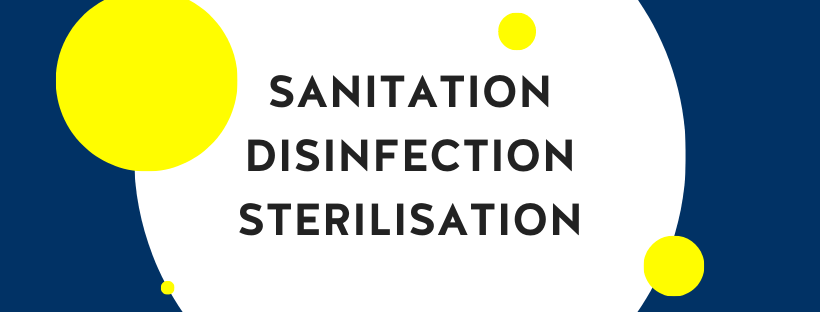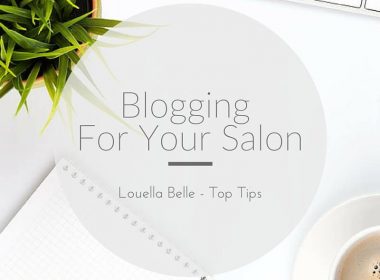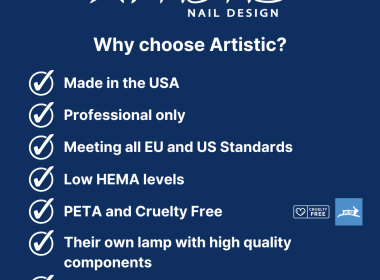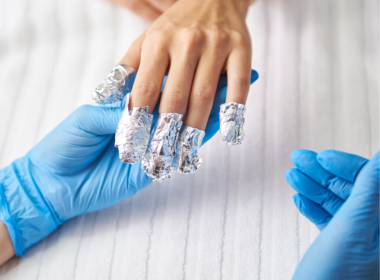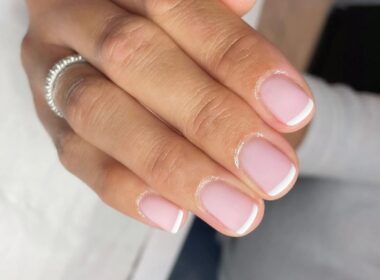There are 3 all very important levels of decontamination:
- Sanitisation
- Disinfection
- Sterilisation
- Provide hot running water
- Change towels, particularly in the toilet and kitchen, regularly
- Use and provide anti-bacterial soap; technician and client wash hands before procedure starts
- There should be a separate sink for hand washing – using kitchen sinks for hand washing contravenes Health and Safety Regulations
- Toilet tissue and paper towels should be available at all times
- A clean uniform should be worn every day
- Avoid touching your face when working, warn client of this too
- Consumables should be removed immediately after use and placed in the bin
- Bins should be emptied regularly and should not be allowed to overflow
- Clean door handles and light switches regularly
- Do not eat or drink in the salon
- Food should not be kept in the same storage facility as products – this includes the fridge
- Steam
- Boiling water
- Barbicide
- Surgical spirit
- Chemical sterilisation
- The Autoclave
- Ultra-Violet Cabinet



